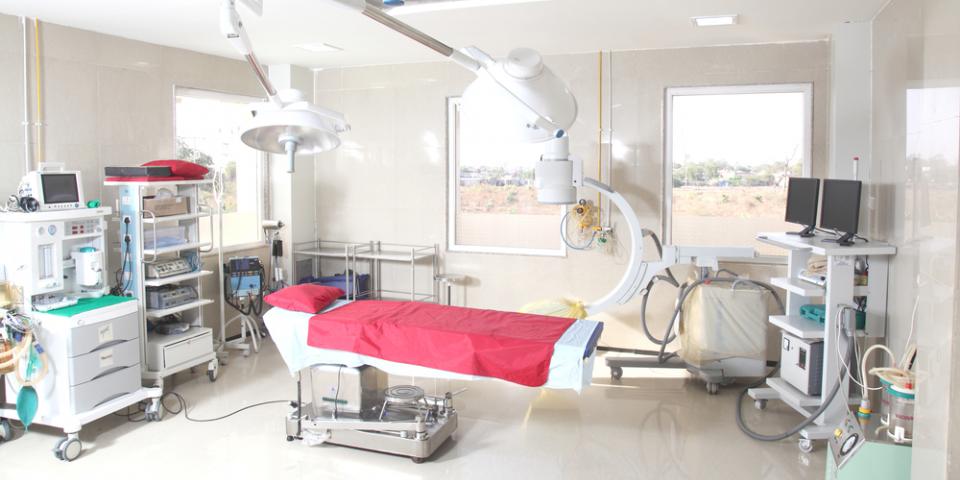


China’s fast growing medical device market presents numerous opportunities for European companies. However, understanding the practicalities of accessing the market is not simple.
All medical devices entering the Chinese market are required to obtain pre-market approval, known as medical device registration, from the Chinese Food and Drug Administration (CFDA).
The Regulations for Supervision and Administration of Medical Devices is currently the highest level of legislation in this sector. The latest version has been in effect since June 1st, 2014, which has nearly doubled in length and included significant changes in the key aspects governing this sector.
Therefore, European SMEs doing business in China’s medical device sector are suggested to take a close look at the Regulation 2014 and seek professional advice before taking concrete steps.
Definition of Medical Devices
The definition of a medical device has been amended and expanded in the Regulation 2014. Previously, the definition was based on the “purpose” for which the device was to be used, including:
The new regulation adds another two- “support or maintenance of life” and “samples taken from humans to provide information for medical treatment or diagnostic purposes”.
Classification
Medical Devices in China are categorised into three classes – Class I, II and III, based on their risk levels from low to high. The main criteria for classification include the purpose of use, structural features, whether the device comes into direct contact with the body, methods and status of use.
This classification is used predominantly for risk management; therefore medical devices in different classes are governed by different rules:
The Chinese classification system for medical devices is similar to the European system; however, differences do exist. Applicants are advised to carefully consult the classification list published by the CFDA, as it lays the foundation of the registration requirements and procedures.
Device Registration
The new regulation eliminates the pre-marketing registration requirement for Class I devices, which now only need to undergo a “filing” procedure with a municipal regulator (i.e., below the provincial level).
Class II and Class III devices, however, must still be registered centrally at CFDA.
Clinical Trials
Significant clarifications and changes have been made in the area of clinical trials. Class I devices do not require China-based trials prior to registration. In contrast, most Class II and Class III devices must successfully undergo clinical trials before registration and approval for marketing.
The new regulation clarifies which Class II and Class III devices may be exempt from the clinical trial requirement. You could find on CFDA’s website the Clinical Trial Exemption List for Class II is and Class III.
Distribution
The notification and licensing requirements for entities distributing Class I and II devices have been simplified. Class I device distributors no longer have a filing requirement. Distributors of Class II devices no longer need to obtain a distribution licence (a sometimes lengthy procedure), but may go through a “filing” procedure with the municipal level food and drug regulatory authority. Distributors of Class III devices must still obtain a distribution licence.
Significant sales recordkeeping requirements for wholesalers of Class II and Class III devices have also been added in the new regulation, as well as for retailers of Class III devices.
Further resources
For more comprehensive information on medical device regulations in China, check out the following resources:
EU SME Centre Guideline: Medical Devices Registration
EU SME Centre Sector Report: The Medical Devices Market in China
If you have questions specific to your products, please contact our experts here.